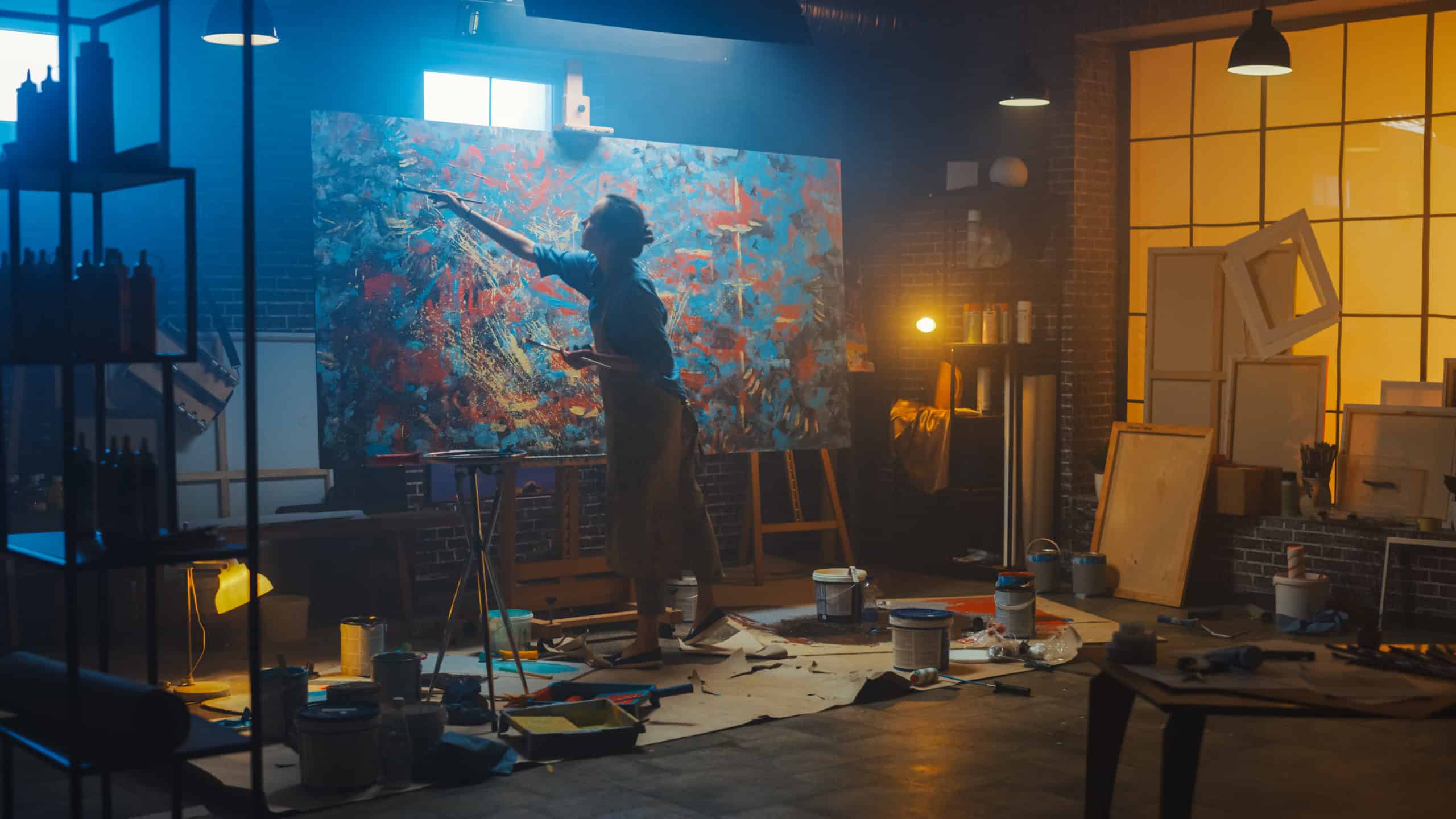The artist's 'genius' or the work's aesthetic merit is less important than it once was. Art nowadays takes numerous forms, some of which are transient, such as performance art or street art, which can be seen in unexpected places.
It has been stated that art is the external manifestation of interior processes such as reflection, emotion, intuition, and desire, and while this is accurate, it only scratches the surface. However, ‘modern art’ encompasses much more than this. Before diving in, it is vital to comprehend the distinctions between modern and contemporary art. These two names encompass such a broad spectrum of artistic methods, eras, and thoughts that comparisons between them can be challenging. The term ‘modern art’ is frequently applied to works of visual art created between the years 1860 and 1970. During this historical period, artists were more prone to experiment with new techniques and materials.
It is debatable where contemporary art originated. Others attribute the transition from modern art to contemporary art to the emergence of postmodernism in the 1970s. Since contemporary art defies such clarity, it is diverse and difficult to define. To broaden the concepts of ‘art’ and ‘work of art’, contemporary artists continually experiment with untried mediums, techniques, and subjects. Modern artists, in stark contrast to Modernism and other preceding art periods, are challenging and reevaluating the fundamentals of their craft. Modern art is distinguished by several different characteristics, such as the prevalence of particular subjects, despite its diversity. Contemporary artists have addressed and remarked on subjects such as technology and the digital world, identity politics, the human body, globalization and migration, time and memory, and so on. Contemporary art is differentiated from modern art by its emphasis on the viewer’s experience. Frequently, contemporary artists design their works to elicit an emotional response from spectators. This raises the question of who exactly constitutes a contemporary artist. Contemporary artists are those whose works mirror the intricacies of modern culture.
Significance of Contemporary Artist
The goal of this article is to introduce the reader to the wide variety of contemporary art. Artists were selected based on some factors, such as the cultural and commercial worth of their work, their popularity as representations of the various art forms and movements that define contemporary art, and the historical relevance of their careers in the art world. Keep reading to learn about the artists shaping contemporary art today.
JR (born in 1983 in Paris, France)
The enormous black and white images that JR, a French street artist, and photographer, is famous for posting in public areas. His political activism informs his creative practice. When writing about specific places and people, he does it with a broad, universal perspective and a firm (if optimistic) belief in the potential for humanity to improve. The Inside Out Project which encouraged people all over the world to use photographic portraits to narrate untold stories of their communities, the Women are Heroes project, which highlighted the strength and resiliency of women, and Face 2 Face, in which he pasted portraits of Palestinian people next to portraits of Israeli people on the West Bank barrier to fight against prejudices.
Luc Tuymans (born in 1958 in Mortsel, Belgium)
Luc Tuymans, a figurative painter, bridges the relationship between history, humanity, and memory; these are the subjects of his sparsely colored, mysterious, and subdued paintings. In his paintings, he reinterprets scenes from movies and TV shows by painting them quickly and in a new light. Through the use of browns, whites, and greys, his paintings have a hazy, emotional, and eerie quality. Tuymans focuses on historically significant people and locations as part of his research into cultural memory and the human capacity to ignore them.
Lucian Freud (born in 1922 in Berlin, Germany)
Lucian Freud is widely regarded as one of the greatest figurative artists of the 20th century. He produced personal portraits of celebrities, acquaintances, and family members that were honest and empathetic, but often a touch unnerving in their physicality. Freud’s paintings are well-known for their ability to capture the complexity of the human psyche as well as his figures’ inner turmoils. Lucian Freud was a celebrated artist known for his raw, emotional portraits and nudes, which he painted with sloppy brushstrokes and generously applied colors.
After all is said and done, art serves as a barometer of cultural development. It continuously monitors worldwide happenings. Contemporary art is historically relevant because it is both a product of and a witness to a specific era. It is an excellent instrument for drawing attention to significant concerns and spreading the word about significant social, cultural, or ideological upheavals.
Photo: Gorodenkoff/Shutterstock
You might also like:
Movies That Will Cure Your Lack of Summer Vacation Heartache
Support us!
All your donations will be used to pay the magazine’s journalists and to support the ongoing costs of maintaining the site.
Share this post
Interested in co-operating with us?
We are open to co-operation from writers and businesses alike. You can reach us on our email at [email protected]/[email protected] and we will get back to you as quick as we can.









